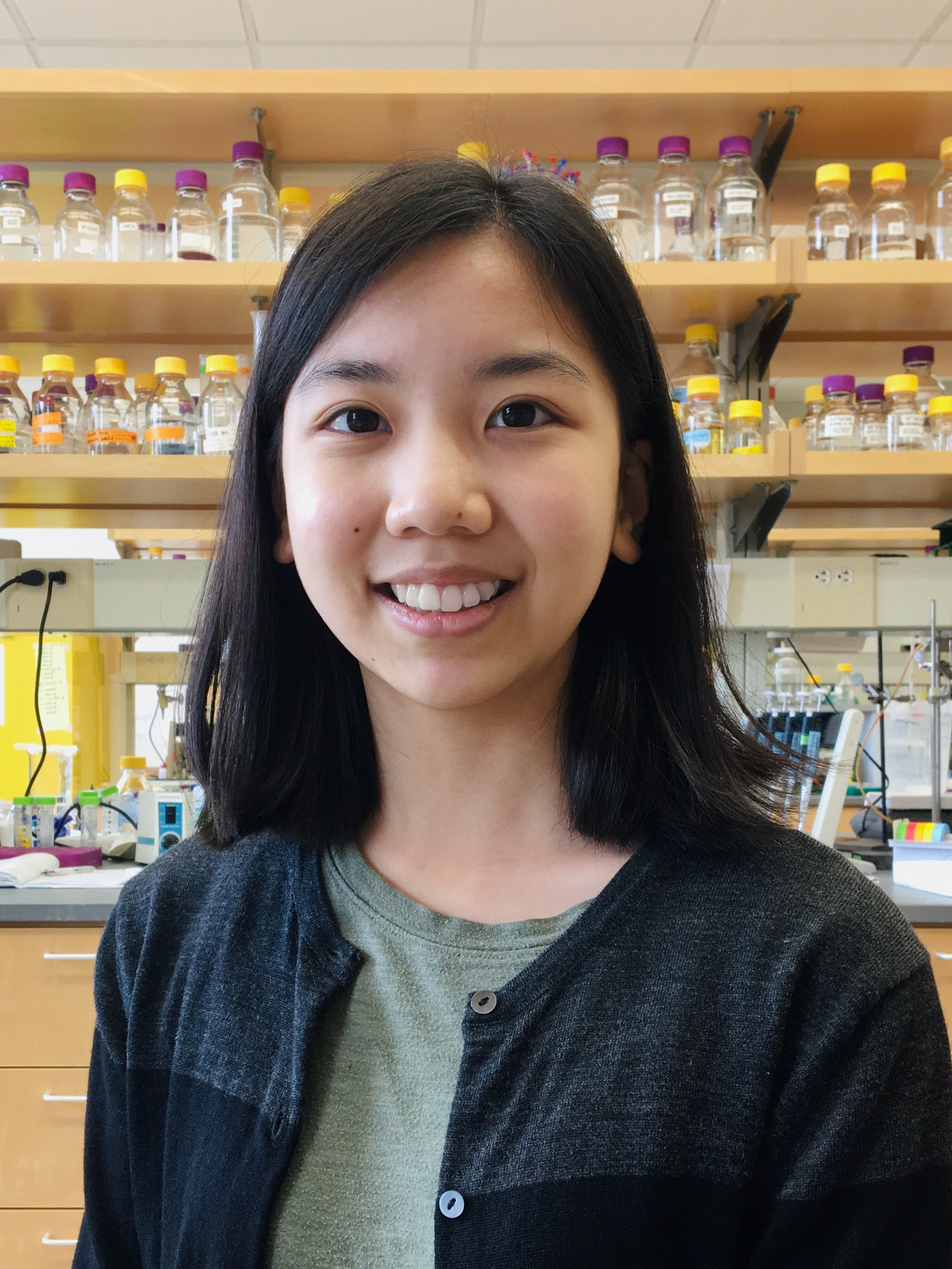Research Symposium
24th annual Undergraduate Research Symposium, April 3, 2024
Ziya Tian Poster Session 3: 1:30 pm - 2:30 pm /107

BIO
My name is Ziya Tian and I am a third-year student at Florida State University pursuing a dual degree in Biological Science and Computer Science. I grew up in Beijing, China, and moved to the U.S. six years ago. Currently, my research is focused on the structures and interactions of molecules in a biological system. After completing my undergraduate degree, I plan to pursue a Ph.D. to deepen my understanding of the mechanisms of life.
Investigating the Impact of FtsQ on FtsZ Filament Curvature in the Mycobacterium tuberculosis Divisome
Authors: Ziya Tian, Yan-Yan HuStudent Major: Biological Science and Computer Science
Mentor: Yan-Yan Hu
Mentor's Department: Department of Chemistry and Biochemistry Mentor's College: College of Arts and Sciences Co-Presenters:
Abstract
Mycobacterium tuberculosis is the causative agent of tuberculosis (TB), a disease that affects a quarter of the world population and caused 1.6 million deaths in 2021 alone. The rise in multi-drug and extensive drug-resistant TB cases underscores the urgent need for novel therapeutic strategies. Understanding the intricate cellular processes of M. tuberculosis division is critical for identifying potential drug targets. The cell division process is initiated by FtsZ, which forms the Z-ring at the division site through GTP-dependent polymerization and interacts with various other proteins, including FtsQ. Recent evidence suggests direct interactions between an amphipathic helix in the otherwise disordered N-terminal (NT) of FtsQ and the GTPase domain of FtsZ monomers, potentially influencing FtsZ polymerization. This study aims to characterize the effects of FtsQ NT on FtsZ polymers and determine the atomic structure of the QZ complex. We hypothesized that FtsQ NT induces curvature in FtsZ filaments due to clashes between FtsQ and FtsZ protomers in straight filaments. The GTPase domain of FtsZ (residues 1-312) and FtsQ NT (residues 1-99) were each separately expressed and purified, then combined at various molar ratios in in-vitro polymerization reactions. Using negative-stain transmission electron microscopy (TEM), we revealed that FtsQ NT altered the shape and curvature of FtsZ filaments at a 3:1 Q:Z molar ratio. Atomic-level structure determination with cryo-EM is currently in progress. These findings highlight the QZ interface as a prospective target for cell-division inhibitors, offering promising avenues for combatting TB.
Keywords: protein, biochemistry, bacteria, tuberculosis


